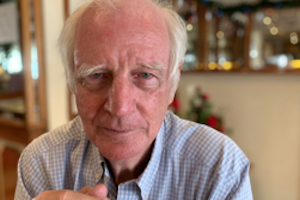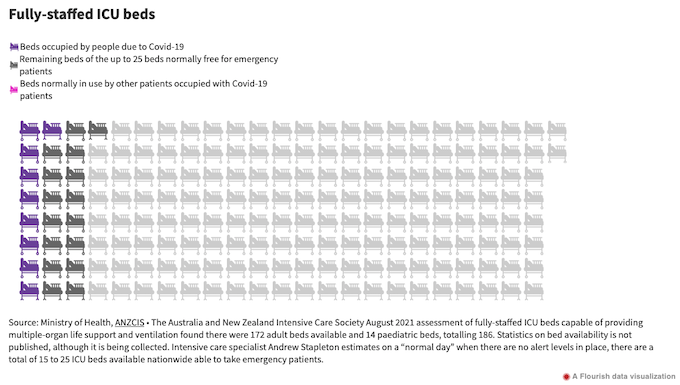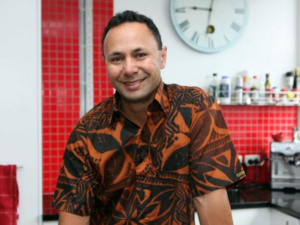This year marks the 75th anniversary of a little known but influential arm of Canada’s foreign policy apparatus. An entity called the Communications Security Establishment was established to spy internationally in 1946, operating secretly in its first four decades.
With an annual budget of $780 million and 3000 employees, the CSE has a variety of high-tech gadgets, including surveillance planes. In 2011 CSE moved into a new $1.2 billion home. The seven-building, 110,000 square metre complex is connected to the Canadian Security Intelligence Service’s (CSIS) headquarters in Ottawa.
Unlike CSIS, CSE is largely foreign focused. It seeks to “protect the computer networks and information of greatest importance to Canada” from international attack. CSE also gathers international signals intelligence (SIGINT), which it defines as “intelligence acquired through the collection of electromagnetic signals.” Historically, CSE largely intercepted electronic communications between embassies in Ottawa and other nations’ capitals. Today, CSE monitors phone calls, radio, microwave and satellite, as well as emails, chat rooms and other Internet exchanges. It engages in various forms of data hacking, sifting through millions of videos and online documents daily. Or, as Vice reporter Patrick McGuire put it, CSE “listens in on phone calls and emails to secretly learn about things the Canadian government wants to secretly learn about.”
After WWII the government established the Communications Branch of the National Research Council, which was renamed Communications Security Establishment three decades later. In Cautious Beginnings: Canadian Foreign Intelligence, 1939-51 Kurt Jensen explains: “the Gouzenko story [a Soviet diplomat who defected in September 1945, alleging widespread Russian spying in Canada] is almost entirely absent from the debate on Canadian postwar foreign intelligence. While the Soviet Union figured prominently in Canadian foreign intelligence interests, it was not an exclusive focus. The available evidence suggests that Canada had broad foreign intelligence interests that reflected current Canadian foreign policy interests.”
Since its creation CSE has been part of the Five Eyes intelligence-sharing framework though Ottawa didn’t admit its Five Eyes relationship until 1995. The main contributors to the Washington-led Five Eyes are the US’s NSA, Australian Signals Directorate, New Zealand’s Government Communications Security Bureau, British Government Communications Headquarters and CSE. A series of post-WWII accords, beginning with the 1946 UKUSA intelligence agreement, created the “AUS/CAN/NZ/UK/US EYES ONLY” arrangement.
CSE established SIGINT posts on the east and west coasts as well as in the north. According to a table produced by blogger Jerry Proc, there have been more than 50 Canadian SIGINT stations opened during the past century.
Canadian diplomatic posts have long housed SIGINT equipment. According to a NSA document released by whistleblower Edward Snowden, CSE operated clandestine surveillance activities in “approximately 20 high-priority countries.” In his 1994 book former CSE agent Mike Frost describes CSE listening posts at a number of embassies or consular posts while two papers in the early 2000s cite Beijing, Abidjan, New Delhi, Bucharest, Rabat, Kingston (Jamaica), Mexico City, Rome, San Jose (Costa Rica), Warsaw and Tokyo as diplomatic posts where CSE (probably) collected information.
Since the start of the 1960s CSE has listened to Cuban leaders’ conversations from an interception post inside the embassy in Havana. (Ottawa maintained diplomatic and economic relations with Cuba after its 1959 revolution, reports Three Nights in Havana, partly because “the United States secretly urged [Prime Minister] Diefenbaker to maintain normal relations because it was thought that Canada would be well positioned to gather intelligence on the island.”) Canada also spied on Cuba from a diplomatic post outside that country. In the early 1980s CSE wanted to establish a communications post in Jamaica, notes Frost, to intercept “communications from Fidel Castro’s Cuba, which would please NSA to no end.”
CSE also gathered intelligence on Palestinians for Israel. Frost notes, “[former Palestinian Liberation Organization chairman] Yasser Arafat’s name, for instance, was on every [CSE] key word list. NSA was happy about that.” According to files released by Snowden, CSE spied on Israel’s enemies and shared the intelligence with that country’s SIGINT National Unit. “Palestinians” was a “specific intelligence topic” of an NSA-GCHQ-CSE project shared with their Israeli counterpart.
In the late 1980s the Soviets jammed US and British listening operations in Moscow. In response, they asked CSE to take up the slack. “From summer 1987 to summer 1989”, notes Frost, “it was Canada that was providing the most powerful Western nations with the intelligence that had been so crucial to them and, in fact, to the whole Western Alliance.”
Economic espionage is a significant and growing component of CSE’s focus. In 1995 the agency began hiring more individuals with economics, commerce and international business qualifications “to build up its own analytical capacity in economic intelligence.” As part of the Snowden revelations, it came to light that CSE spied on Brazil’s Department of Mines and Energy.
In 1985 the government asked CSE to gather intelligence that could help a Canadian firm bidding for a major pipeline contract in India. A few years earlier the CSE overheard the US ambassador in Ottawa detailing his country’s negotiating position on a US$5 billion wheat sale to China, which helped Canada win the contract. CSE is also thought to have secured information useful to negotiating the mid-1990s North American Free Trade Agreement and World Trade Organization.
CSE has contributed intelligence to Canada and its allies’ wars. The agency’s sophisticated equipment and analytical and linguistic resources contributed significantly to the 2001-14 occupation of Afghanistan. The agency’s website says it played a “vital role” in the central Asian country and CSE head John Adams boasted that they were responsible for more than half the “actionable intelligence” Canadian soldiers used in Afghanistan. That included monitoring Taliban forces and leaders as well as allied Afghan government officials. Information CSE provided protected Canadian troops from attack and helped special forces assassinate Afghans.
As the Internet came onto the scene CSE was instructed to conduct Computer Network Exploitation. It went from intercepting communications (“data in motion”) to seeking information on foreign computer systems (“data at rest”). According to CSE expert Bill Robinson, “it became a hunter as well as a gatherer.” CSE could hack into computer systems, implant malware and copy information.
In 2017 CSE was further empowered to carry out offensive operations against foreign actors. The Communications Security Establishment Act authorized CSE “to degrade, disrupt, influence, respond to or interfere with the capabilities, intentions or activities” of international targets. In effect the intelligence agency could seek to take a government offline, shutter a power plant, knock a drone out of the sky or interfere in court proceedings and elections in countries Ottawa doesn’t deem “democratic”. There is no requirement that the target threaten Canadian security.
The legislation forbids offensive cyber activities that could cause injury or death or “obstruct, pervert or defeat the course of justice or democracy.” But, these limitations don’t apply if CSE conducts cyber-attacks on behalf of a Canadian military operation or receives approval of the foreign minister. Additionally, there is no independent oversight of CSE’s new offensive capabilities and CSE is allowed to do “anything that is reasonably necessary to maintain the covert nature of the activity.”
To mark the 75th anniversary of the Communications Security Establishment, it’s time to place this clandestine organization under far greater scrutiny.
• On December 15 the Canadian Foreign Policy Institute will be hosting a webinar on “Canada and the Five Eyes”.
The post Canada’s NSA first appeared on Dissident Voice.This post was originally published on Dissident Voice.























